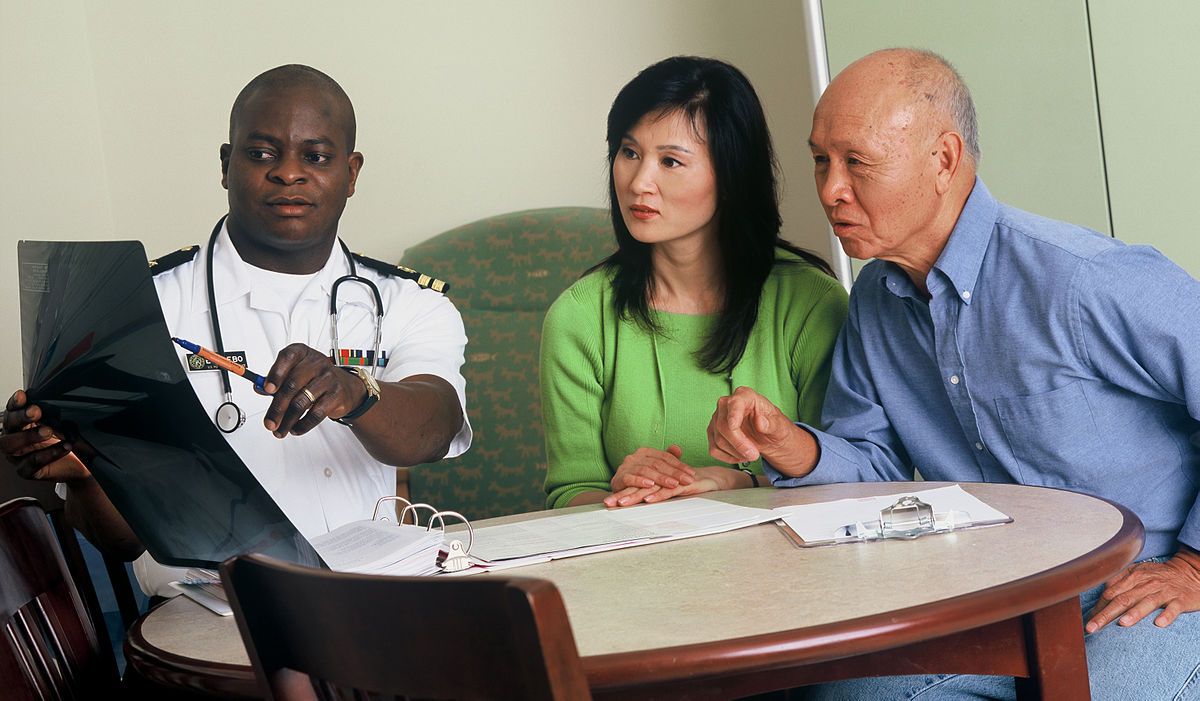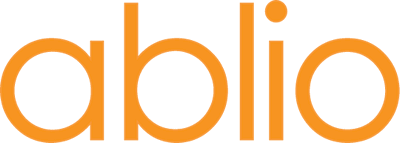The Doctor Patient Conversation and Language Barriers

A government census report published in 2013 indicates the number of Americans who speak a language other than English at home rose 158.2 percent from 1980-2010. Of those who spoke another language at home, 15 percent indicated they spoke English "not well," and 7 percent spoke English "not at all."
As difficult as everyday communication can be for people who speak dissimilar languages, medical communication can be impossible, and, given the impact these conversations can have on patient health, that impossibility can be a life-or-death issue. People who do not speak English well are actually more likely to be hospitalized for prolonged periods or to experience serious medical events while they are in the hospital.
Technology
As with most modern conundrums, there is an app for this. Relaying basic medical instructions in a language other than English or expressing the degree of patient pain can be negotiated using touch screen software.
But, while modern digital tools can translate some very basic information across a language barrier, they cannot replace a trained medical interpreter or a fully bilingual practitioner. In fact, translation apps and other tools can actually increase the danger of miscommunication.
Because of the importance of clear, correct communication, federal law in the US requires all health care facilities that receive federal funding to offer language services to patients who require them. Most hospitals accomplish this by relying on a mix of on-staff interpreters, bilingual staff, outside interpretation agencies, and phone-based services. As yet, there is no technology that can replicate a skilled interpreter.
Communication
Complete understanding between doctors and patients is essential to safe, high-quality medical services. Expressing a diagnosis and treatment plan are not enough to fulfill the requirements of communication. Medical staffs need to build rapport and gain patient trust, and that relies on understanding. When patient and doctor do not speak the same language, there is less opportunity to use "small talk" to obtain complete patient history, learn relevant information, or increase emotional commitment to illness management.
Interpreter
Calling in a trained medical interpreter is the safest way to bridge a language gap between patient and health care provider. Nurses, social workers, and family members may seem to breach a language barrier, but they are actually more likely to commit serious errors than professionals, as they may edit communication to what they feel are the essential points.
In addition, trained interpreters also have knowledge beyond the language and medical field. They can understand, identify, and relay cultural traditions that can improve or hinder diagnosis and treatment.
Best Practices
Patients and medical staff need to allow extra time for encounters where there is a language barrier. When using an interpreter, speech must be directed toward the patient, rather than the interpreter, because they are the focus of the visit. Working across cultures and languages requires not only respect for the other's language, but sensitivity to different beliefs about health and illness, religious issues, and gender concerns. No one can be competent in all cultures, but doctors need to be culturally empathetic to each of them.
Photograph by Rhoda Baer. Image released by the National Cancer Institute, licensed under Public Domain via Wikimedia Commons.
Using state-of-the-art IT & telecommunication technologies, ablio makes language interpretation services easily available to everyone, in any context, by creating tools and service platforms that are supported by its own community of live interpreters.
For further information please visit our websites:
● ablio.eu – General Website
● ablio.com – OPI Platform
● ablioconference.com – Simultaneous Interpreting Platform

